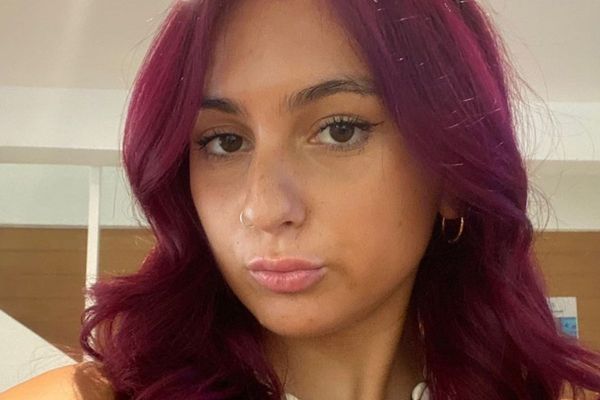
Ever feel like your wallet needs a detox? You’re not alone. Across the country, a growing number of Americans are hitting pause on their purchases and embracing No Buy July — a 31-day spending freeze that’s part personal challenge, part financial reset.
Read More: What $100 in Groceries at Costco Will Cost You at Walmart
Try This: Clever Ways To Save Money That Actually Work in 2025
Whether it’s to rein in impulse buys, save for something big, or just break the Amazon habit, this month-long money cleanse is catching on.
Here’s why more people are jumping on the no-spend bandwagon — and what it’s really like to go cold turkey on shopping.
Why People Are Freezing Their Spending
According to Dennis Shirshikov, professor of finance at City University of New York and head of growth and engineering at GrowthLimit, those who participate aim to cool their spending — and, in the process, upend autopilot spending habits, reduce financial stress and jump-start emergency savings while economic uncertainty swirls.
“It is designed as a behavioral ‘reset’ and a minimalist experiment to help people differentiate between actual needs and wants,” he said.
Discover Next: I Stopped Buying Things From Amazon — Here’s What I Learned
Inflation Is Also a Big Motivator
“I actually tried No Buy July last year,” said Andrew Lokenauth, money expert and owner of BeFluentInFinance. “We’re talking groceries, bills, medical stuff, and that’s pretty much it. No new clothes, no Amazon impulse buys, no takeout, nothing extra.”
From his experience coordinating financial challenges with clients, this trend picked up steam because of inflation.
When he was tracking his spending, he noticed he was bleeding money on little purchases — $15 here, $30 there.
“It adds up fast. And based on what I’ve seen with my clients, most people underestimate their discretionary spending by about 40%.”
It Helps You Break Bad Spending Habits
From implementing this with dozens of clients, Lokenauth said the freeze is incredibly effective — but not for the reasons most people think.
The real value isn’t in the money you save during that month (though that’s nice too). It’s in breaking those automatic spending habits and becoming more conscious of where your money goes.
“Let me share some specific results. When I did this challenge, I saved about $850 that month. But the bigger impact came in the following months — my average monthly spending dropped by $400 even after the challenge ended.”
That’s because it helped him identify and break some expensive habits he didn’t even realize he had.
Additional Advice — You Gotta Prepare
One major thing Lokenauth learned from his own experience?
“You’ve gotta prepare before starting. I made a complete inventory of what I had — food, toiletries, etc., and planned my meals around existing pantry items.”
This prevented those “emergency” shopping trips that can derail the whole thing.
The psychology behind this is fascinating, Lokenauth explained.
“From working with clients, I’ve noticed it takes about three weeks to break a spending habit. So a 31-day challenge is perfect — it’s long enough to create real change but short enough to feel doable.”
More From GOBankingRates
- 7 Costco Sale Items To Buy Before They Sell Out This February
- How Much Money Is Needed To Be Considered Middle Class in Your State?
- 7 Things To Buy at Aldi This Winter If You Live on Social Security
- Mark Cuban Tells Americans To Stock Up on Consumables as Trump's Tariffs Hit -- Here's What To Buy
This article originally appeared on GOBankingRates.com: No Buy July: Why Some Americans Are Going on a 31-Day Spending Freeze







